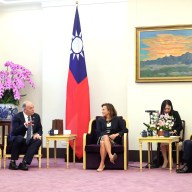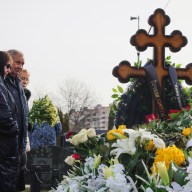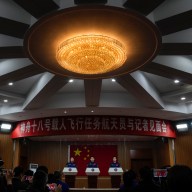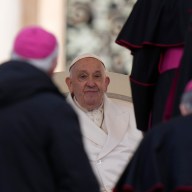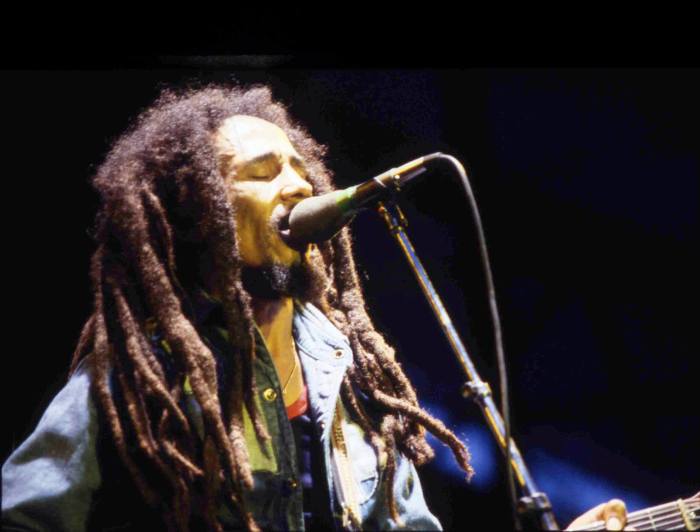
Christian Dior
His debut ready-to-wear show touched on many of the same themes Raf
Simons first explored with haute couture. Once more there was the
tribute to the iconic Dior Bar jacket; again ball gowns were turned into
mini-dresses worn, this time, with short shorts instead of slacks; and
iridescent, puff-skirted gowns with second-skin black knit tops echoed
one of the most striking looks of the couture show — a chartreuse gown
that Julianne Moore wore to the Emmys. What distinguished this
collection from its predecessor was how Simons loosened up his
structured silhouettes. He cut dresses in A-line baby doll shapes, used
pleating on sculptural smoking jackets, and added movement though the
draping of colorful fabrics.
Celine In her preferred neutral palette of black, navy and white — with just a And what about those all-important Celine accessories? This is where the
touch of blush pink or sandy gold — Phoebe Philo created a contemporary
collection of relaxed urban pieces designed to move comfortably on the
city streets. This included slouchy pants, slim A-line dresses with
sporty V-shaped mesh inserts down the front, and outsized jackets
crafted sans sleeves that finished well below the hips.
designer moved into the territory of another minimalist master — Martin
Margiela. The flat sandals lined in colorful fur or the nude
high-heeled pumps with the trompe l’oiel outline of red painted toenails
were right out of the Margiela handbook. It was just the right touch of
idiosyncratic fashion that gave this stress-free show a punchy finish.

GIVENCHY
On a raised podium sat an organ, and in the air hovered a faint cloud of
smoke that, once inhaled, revealed itself to be frankincense. Cleary,
the Givenchy show was going to be a religious experience.
Riccardo Tisci focused on the purest elements of priestly garbs and nun
habits and blended them with elements of the holiest form of fashion:
haute couture.
The clean lines and sleek style of the house’s archival couture, from
Hubert de Givenchy’s heyday in the 1960s, worked perfectly with the
designer’s pious starting point. Using luxe fabrics like taffeta,
duchesse satin and radzimir, Tisci sculpted ruffles that undulated along
the neckline, rippled down a sleeve or replaced them completely. This
play with volume also came in the form of exaggerated rounded shoulders
on jackets and tops. The addition of panels of fabrics sprouting out of
the back of slim pants or trailing behind skirts was a subtler way the
designer changed the proportions of his ensembles.
Brought to you by NowFashion.com – the first live streaming fashion photography site covering the most important fashion runways in the world. Head to Nowfashion.com and follow us @NOW FASHION for live coverage of Paris Fashion Week.






